"In general, the production of bell peppers, not only of the Lamuyo but also other kinds, is much more limited at the moment due to the weather conditions. Although this is not the only reason," said Isaac Garcia of the Veganature company from Almeria, Spain, which specializes in red Lamuyo bell peppers.
"The low prices at the beginning of the year led many growers to give up on their plantations and focus on spring crops, mainly melons, and watermelons. It should be recalled that in early January, the price of peppers was not high enough to cover the production costs."
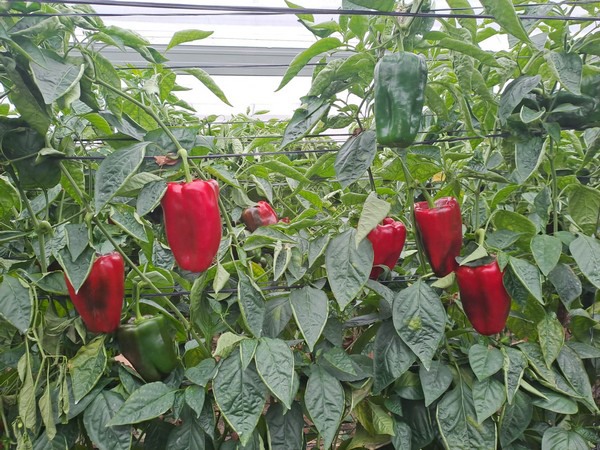
The high costs, in fact, and specifically the energy costs, also led many European producers to decide not to plant this winter, so that fluctuations in the Spanish supply - which are common every year during cold periods - have been more noticeable this season, according to Isaac. "In Almeria, we have the privilege of being able to grow without electricity, only with the sun's energy, but we have also had much higher production costs and expenses than in previous campaigns."
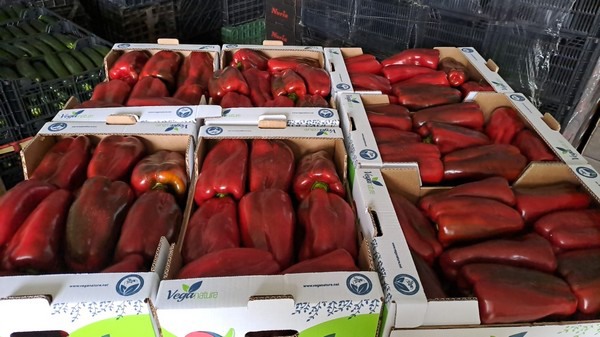
"This year, we have also had to deal with pest issues. On the one hand, there has been powdery mildew, a fungus that settles on the leaves and causes them to fall so that the plant cannot photosynthesize and continue developing and growing the fruit. We used to have products to treat it, but every year there are more restrictions on the phytosanitary products we are allowed to apply, and controlling the spread of diseases is becoming more difficult."
"On the other hand, there has been a new thrips pest. We have luckily not suffered from it, but many growers have had many problems and commented that there was no way to end it. We have even heard people from the Netherlands saying that the reason they had no production this year was because of these thrips."
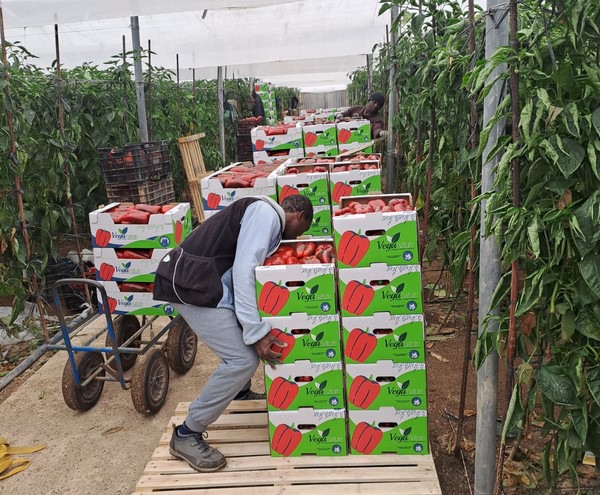
"Hence the lower supply of peppers on the market at the moment, and also the higher prices," says Isaac. Looking back, pepper prices have been going up for weeks on end since mid-January, although this trend has started to reverse for types such as yellow bell peppers, as their volumes have been showing some signs of recovery (in fact, for a while, the popular tricolor packs for European retail have been only bicolor). However, price levels are still certainly high. "These prices are not normal, but it isn't normal either to have been selling peppers at 50 cents per kilo in December."
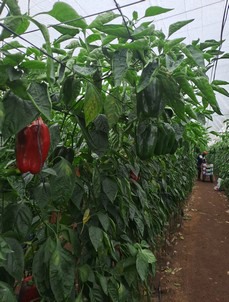
"There were many growers who, at the time when they were receiving half a euro for their productions, had to uproot their plantations because they were not covering their expenses, but the consequence is that now peppers cost 3.50 Euro per kilo, and there is a lack of supply. We have to ask ourselves who is to blame for this happening," says Isaac.
"Moreover, the poor growers who did not cover their costs and who uprooted their plantations will now have to fully rely on crops like melons and watermelons. Bell peppers can be harvested for months, and at Veganature, we will still have production until early May, which is the time when Murcia starts, but with melons and watermelons, you have a single harvest, so everything's at stake in one day. If on that day, a batch of containers from Senegal or Morocco arrives on the market with low prices, you will be left in a very unfortunate position."
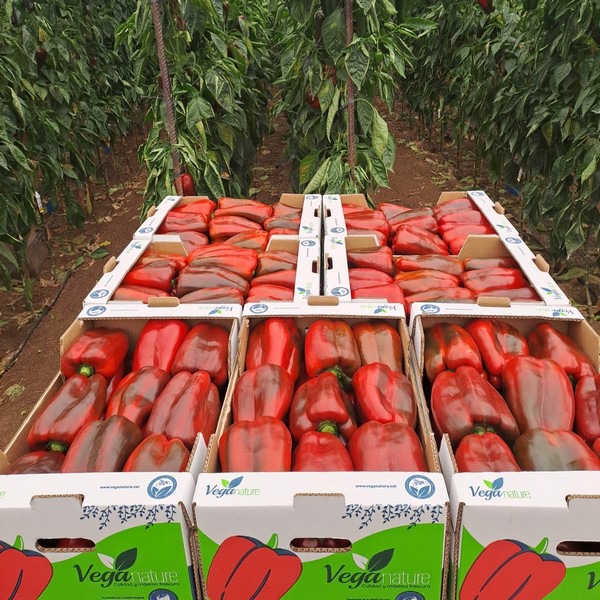
 For more information:
For more information:
Veganature
04712 Balerma
Almería, Spain
[email protected]










